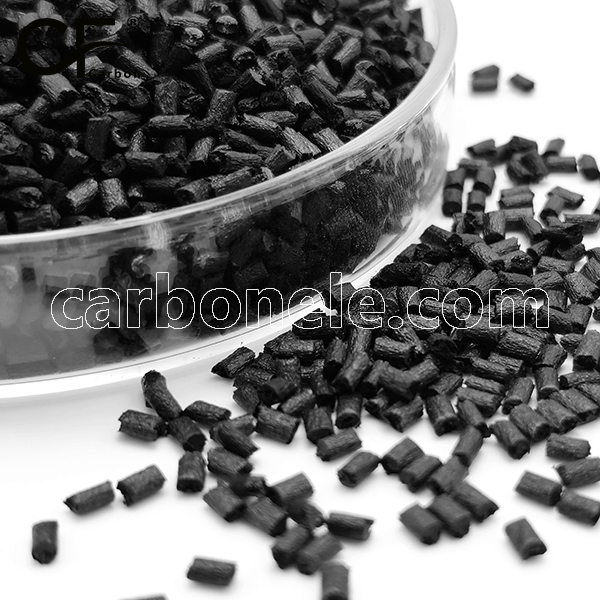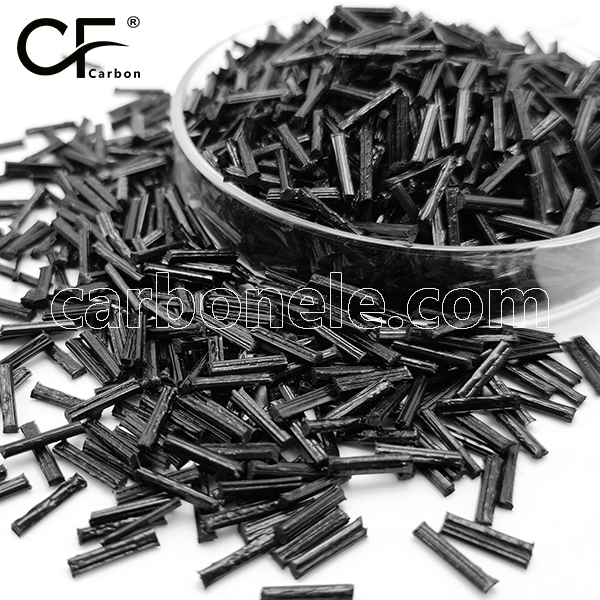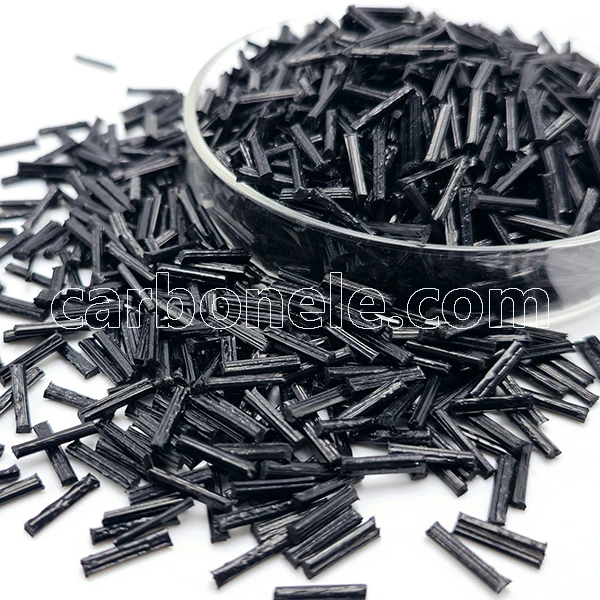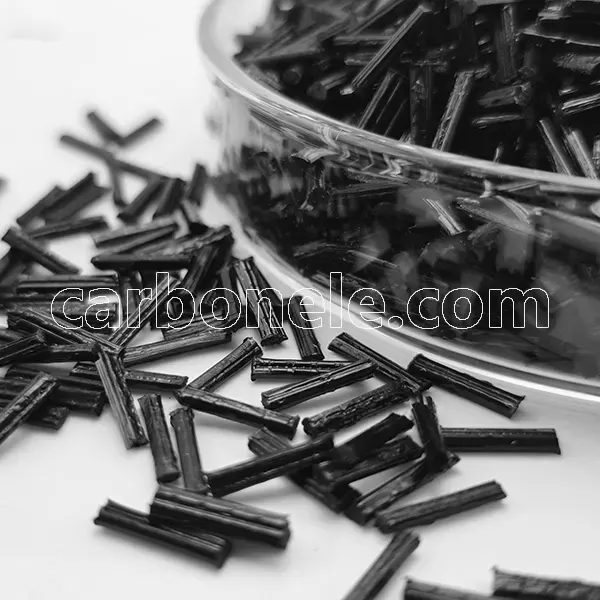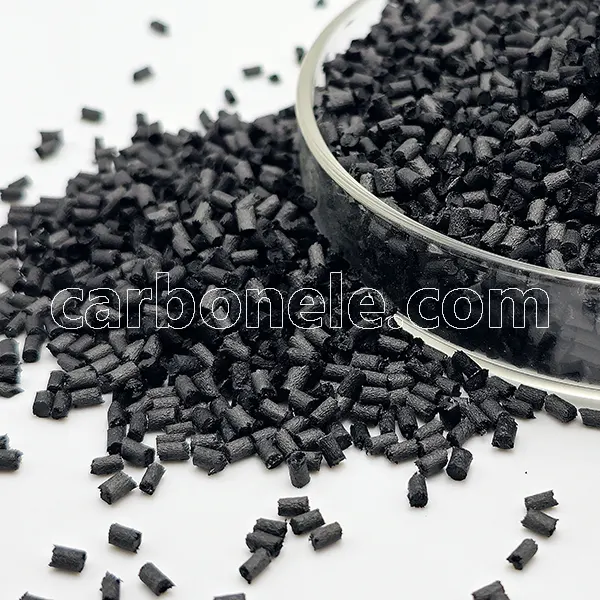Comprehensive Analysis Of PA610 CF Vs. PA612 CF - Carbon Fiber Compounds Manufacturer | Supplier
PA612 CF outperforms PA610 CF in mechanical strength, thermal stability, and chemical resistance, making it ideal for high-end applications. PA610 CF remains competitive for cost-sensitive applications. Engineers should make material selections based on specific operating conditions, lifespan requirements, and budget considerations.
Carbon fiber-reinforced polyamides PA610 and PA612 represent advanced engineering thermoplastics with distinct performance characteristics. This technical comparison analyzes their mechanical, thermal, and chemical properties through standardized test data, highlighting critical differences that impact material selection for demanding applications in automotive, aerospace, and industrial sectors.
1. Mechanical Properties Comparison
1.1 Tensile Strength and Modulus
PA612 CF demonstrates superior mechanical properties, with tensile strength reaching 250-280MPa, approximately 20% higher than PA610 CF (200-230MPa). This difference primarily stems from PA612’s more regular molecular chain structure, which forms stronger interfacial bonds with carbon fibers.
Table 1: Mechanical Properties Comparison
| Property | PA610 CF | PA612 CF | Test Standard |
|---|---|---|---|
| Tensile Strength (MPa) | 200-230 | 250-280 | ISO 527 |
| Tensile Modulus (GPa) | 12-14 | 14-16 | ISO 527 |
| Flexural Strength (MPa) | 280-310 | 320-350 | ISO 178 |
| Notched Impact (kJ/m²) | 25-30 | 30-35 | ISO 179 |
2. Thermal Properties Differences
2.1 Heat Deflection Temperature
PA612 CF exhibits a heat deflection temperature (HDT) of 190-210°C (at 1.82MPa), significantly higher than PA610 CF’s 170-190°C. This makes PA612 CF more suitable for long-term use in high-temperature working conditions.
2.2 Long-Term Thermal Aging Performance
In 150°C thermal aging tests, PA612 CF maintains over 85% of its original strength after 1000 hours, while PA610 CF retains only about 75%. This difference is particularly critical in high-temperature environments like automotive engine compartments.
3. Chemical Stability Comparison
3.1 Hydrolysis Resistance
PA612 CF has lower water absorption (1.2-1.5%) compared to PA610 CF (1.5-2.0%), demonstrating better dimensional stability in humid environments. After 500 hours at 85°C/85%RH testing, PA612 CF retains 90% of its strength versus 82% for PA610 CF.
3.2 Chemical Resistance
While both show good resistance to oils and fuels, PA612 CF demonstrates better corrosion resistance in acidic environments (pH=3), with strength retention rates 15-20% higher than PA610 CF.
4. Processing Performance Comparison
Table 2: Processing Parameters
| Parameter | PA610 CF | PA612 CF | Remarks |
|---|---|---|---|
| Melting Temperature (°C) | 250-260 | 255-265 | Measured values |
| Molding Shrinkage (%) | 0.3-0.5 | 0.2-0.4 | Flow direction |
| Maximum Fiber Length (mm) | 0.3-0.5 | 0.5-0.8 | Post-injection length |
Due to higher melt strength, PA612 CF can accommodate longer carbon fibers (0.5-0.8mm), while PA610 CF fibers tend to break during processing, typically retaining only 0.3-0.5mm lengths. This gives PA612 CF products superior anisotropic properties.
5. Application Recommendations
Based on performance differences, we recommend:
-
PA610 CF for:
• General industrial components
• Medium-low load structural parts
• Cost-sensitive applications -
PA612 CF for:
• Automotive engine components
• Aerospace structural parts
• High-load sports equipment
• Precision electronic components
6. Cost-Benefit Analysis
Although PA612 CF material costs approximately 15-20% more than PA610 CF, its longer service life (particularly in harsh environments) can reduce total cost of ownership by over 30%. For critical components, PA612 CF offers better return on investment.
Previous News
Carbon (Xiamen) New Material Participation in 2...Next News
Carbon New Material Makes Splash at Chinaplas 2...
Feature Product
-
PA12 LCF30 for Drone Fuselages & Wings
What do you know about PA12 LCF30? PA12 ...
-
Competitive Price PA6 LCF30 Composites
What’s it? PA6 LCF30, which stands...
-
ABS CF10 Compound ABS 10%CF Thermoplastic Compo...
What’s ABS CF10? ABS CF10 refers t...






